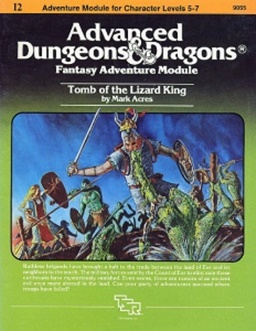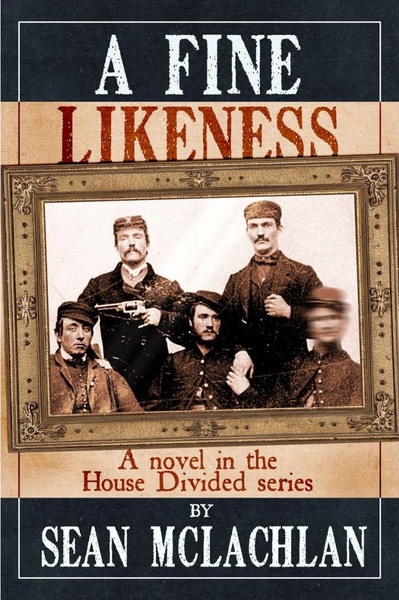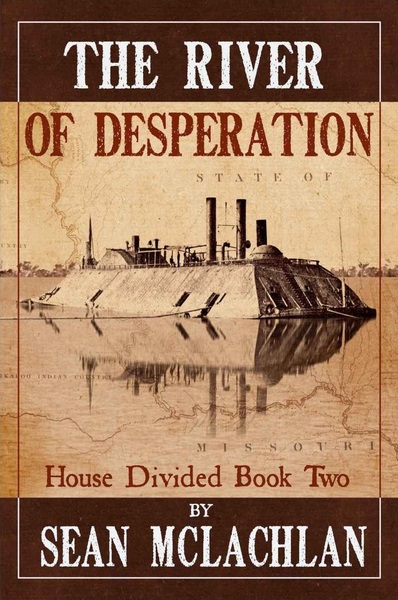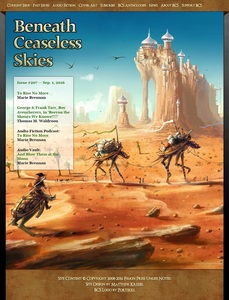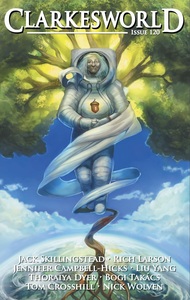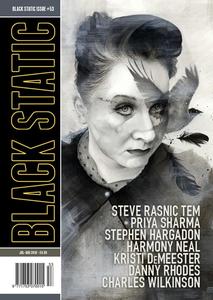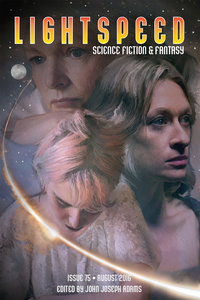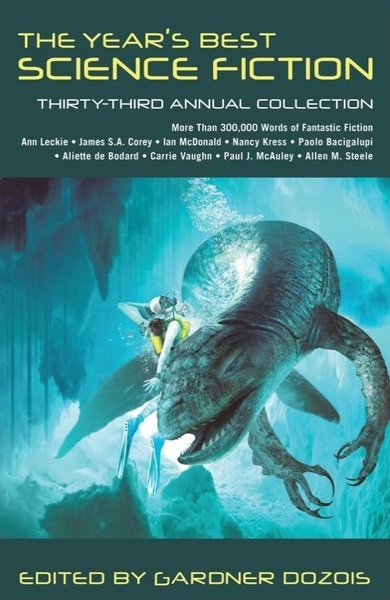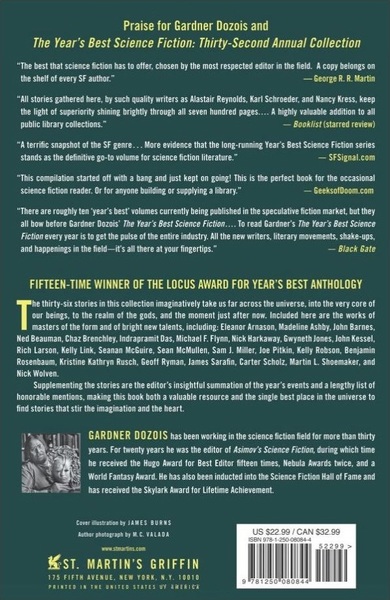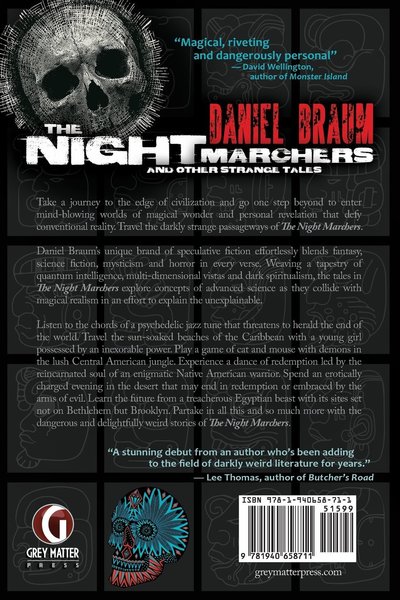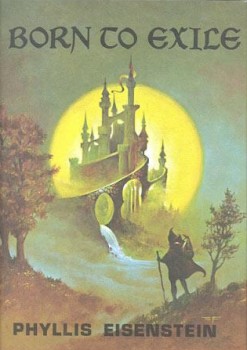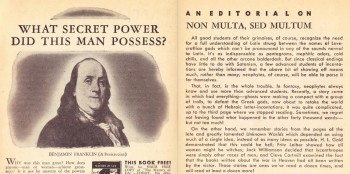October 2016 Analog Now on Sale
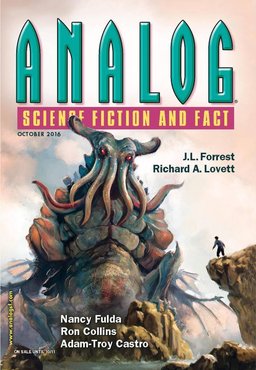 People have been watching Trevor Qachari’s rein as the new editor of Analog pretty closely. It’s been four years exactly since he took over from Stanley Schmidt in September of 2012, plenty of time to get a sense of his editorial taste.
People have been watching Trevor Qachari’s rein as the new editor of Analog pretty closely. It’s been four years exactly since he took over from Stanley Schmidt in September of 2012, plenty of time to get a sense of his editorial taste.
One thing I’ve noticed is that Trevor is a bit more experimental than Stan, especially in his willingness to blend genres a little. The October issue features a pair of stories that playfully mix SF and pulp thrillers, including perhaps the last thing I would have expected to see in Analog: a Shadow homage by Robert R. Chase, “Revenge of the Invisible Man.” Here’s a snippet from Jason McGregor’s review at Tangent Online.
The Shadow gets on the trail of the Invisible Man. Sort of. In the near future, a company has been working on human invisibility and has succeeded in making a human invisible — but not in getting rich off it, which means the guinea pig gets no reward either and, worse, it turns out not to be reversible. So the heads of the company start falling down stairs and having their throats cut. This prompts a call to a mysterious Power who sends his agent, our protagonist, in to discover how the invisible man has been committing these crimes from the locked room in which the company holds him. The agent adopts the name Kent Allard (one of the Shadow’s real names) for this mission (which… seems likely to be one of a series) and proceeds to investigate. The strongest feature of this story is probably the direct, sinewy prose… a good read.
While we’re at it, he’s a sample from Jason’s review of the other SF thriller, Adam-Troy Castro’s novella “The Soul Behind the Face.”

